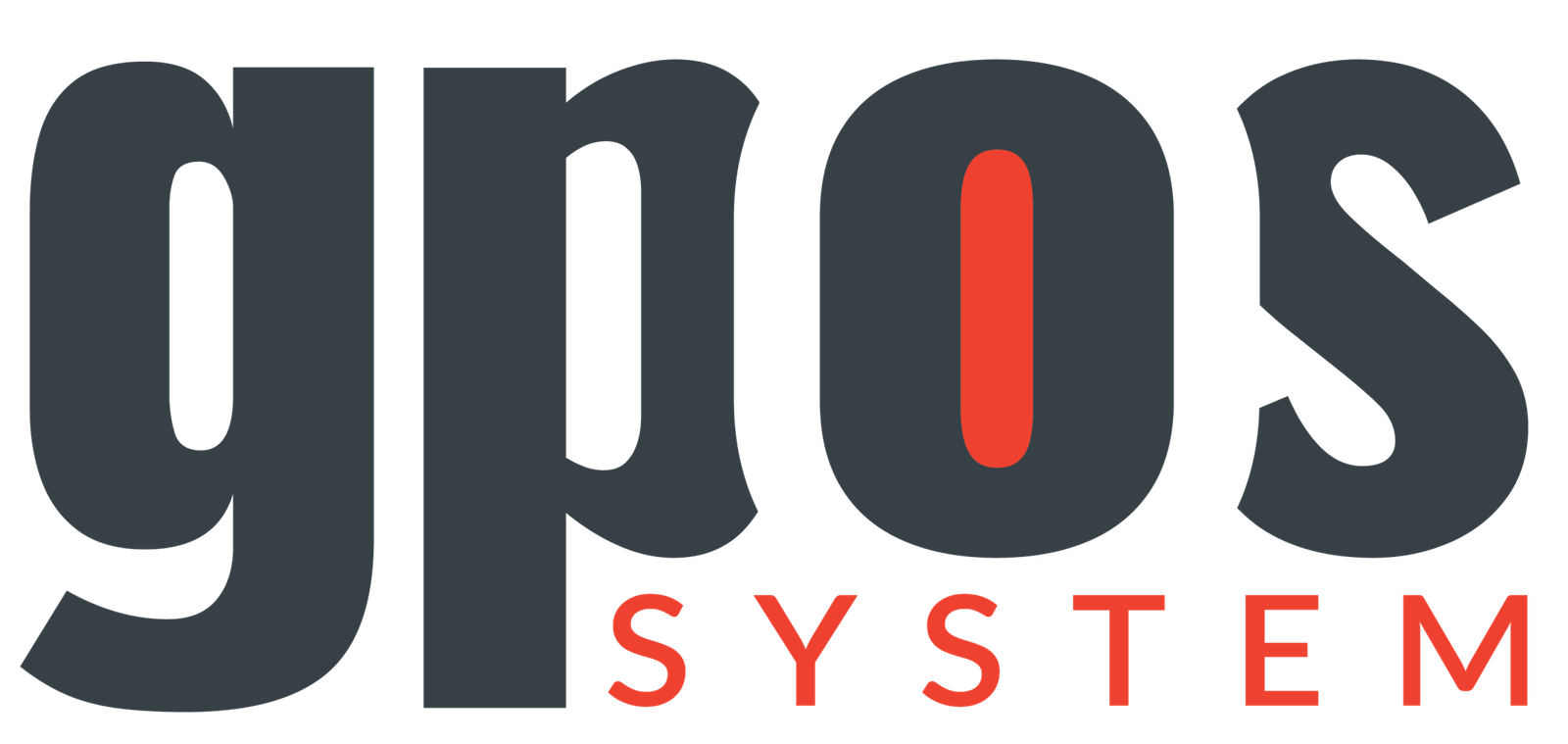How to View Purchase Reports in GPOS
This tutorial will guide you through the process of accessing and understanding different types of Purchase Reports in GPOS. These reports help you track purchases, returns, and payments, and compare purchase data with sales.
🛠️ Why You Need Purchase Reports
To analyze how much stock you are purchasing
To check which items are frequently bought
To track purchase returns and supplier credits
To monitor payments made against purchases
To compare purchases with sales for profit analysis
📋 Types of Purchase Reports in GPOS
✅ 1. Purchase Report
Shows a summary of all purchase invoices.
Includes supplier name, invoice number, date, and total purchase value.
Useful for reviewing overall supplier purchases.
✅ 2. Purchased Products Report
Displays detailed product-wise purchase history.
Helps identify which products are purchased most frequently.
Useful for inventory planning and stock forecasting.
✅ 3. Purchase Return Report
Lists all purchase return invoices.
Includes supplier details, items returned, and credit note values.
Helps track stock returned to suppliers and adjust accounts accordingly.
✅ 4. Purchase Returned Products Report
Gives item-level details of returned products.
Useful for analyzing which products are frequently returned to suppliers.
Helps in identifying supplier or product quality issues.
✅ 5. Payments Against Purchase Report
Shows payments made to suppliers against purchase invoices.
Includes payment mode (cash, bank, mobile payment, etc.).
Useful for monitoring supplier payments and outstanding balances.
✅ 6. Sales vs Purchase Report
Compares total purchases with total sales for a given period.
Helps in profit margin analysis and demand forecasting.
Essential for identifying slow-moving or overstocked items.
📋 Steps to Access Purchase Reports in GPOS
✅ Step 1: Go to Reports Module
Log in to your GPOS dashboard.
From the side menu, navigate to the “Purchase” section.
Select “Purchase Reports” from the list.
✅ Step 2: Select the Report Type
Choose the type of purchase report you want to view (e.g., Purchase Report, Purchase Return Report).
Apply filters such as date range, supplier name, or product name.
✅ Step 3: Generate the Report
Click “Generate” or “View Report.”
The system will display the report on your screen.
✅ Step 4: Export or Print
You can export the report in Excel, PDF, or CSV format.
Optionally, print the report for offline use.
🔐 Important Notes
Reports can be accessed based on user permissions.
Filters allow you to generate highly specific reports.
Real-time data ensures accurate reporting.
🎯 Tips
Regularly review purchase reports to keep track of supplier performance.
Use the Sales vs Purchase Report for stock optimization.
Keep an eye on the Purchase Returned Products Report to identify quality issues.
By following these steps, you can easily access and analyze all types of Purchase Reports in GPOS — helping you manage suppliers, track purchases, and make better business decisions.
